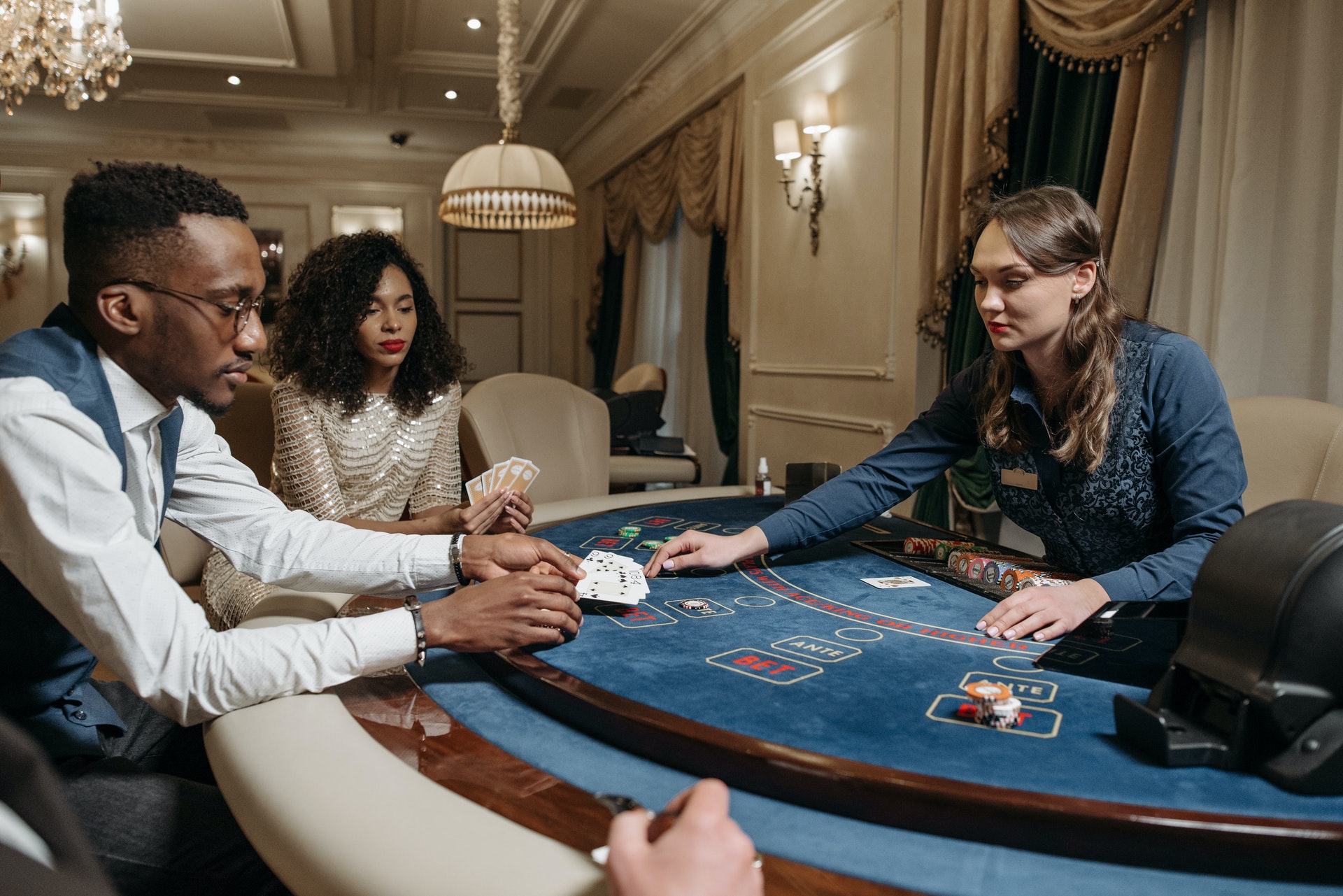To win, a player must call (i.e., match), raise (i.e., increase), or return the stake (i.e. fold) in numerous variations of poker played all over the world. Its popularity is highest in North America, where it initially became well-known. It may be played in several places, including private residences, poker clubs, casinos, and online. Poker has been dubbed “America’s national card game,” and both the game and its language have become part of the country’s popular culture.
Even though there are different versions of poker documented in the literature on the game, they all have some key traits in common. A poker hand is made up of five cards dealt face up. Because a hand’s value is inversely proportional to its mathematical frequency, the more unusual a card combination is, the higher it will rank in the hand rankings. Members of the table may wager that they have the better hand, and other table members must either call (or match) the stake or concede it. Bluffing is the act of betting that you have the best hand when you don’t, and winning by bluffing occurs when players with better hands don’t call the bet.
The following guidelines apply in general:
There are poker variations that may be played with anywhere from two to fourteen people, although most poker variants are best played with six, seven, or eight players. The game’s goal is to win the ‘pot,’ which is the total of all bets made by all participants in a certain deal. Holding the greatest poker hand or putting a wager to which no other players would reply is one way to win the pot. The following guidelines apply to practically all types of poker.
Cards
The playing cards in each of the four suits (spades, hearts, diamonds, and clubs) are arranged in A (highest), K (second highest), Q (on second highest), 10, 9, 8, 7, 6, 5, 4, 3, 2, A (highest) in most poker games (low only in the straight [a suit of five cards numbered consecutively] or straight flush [a case of five cards numbered sequentially] within the same range] 5-4- 3-2 -A and in certain variants described below).
A poker hand’s ranking
The probability of being dealt determines the rating of typical poker hands (chance). When two or more similar hands are tied, the prizes are divided evenly between the participants. There is no such thing as a relative suit order in poker. When a joker is employed, the best hand is a five-of-a-kind, stronger than any straight flush. It is possible to have identical fours of a kind or threes of a kind if there are multiple wildcards, in which case the tie is broken by the highest-ranking mismatched cards or secondary pairings, whichever is bigger (in a full house [a five-card hand consisting of three of a kind and a pair]).
Deal
To begin, each player picks a deck of cards and deals one card at a time to the left until the number jack is revealed. The first dealer is the one who receives that card, and the rest of the players follow suit. The turn-to-deal and turn-to-bet always travel to the left side of the table from player to player. After each deal, each player has the opportunity to shuffle the cards, with the dealer having the final choice to do so. The dealer must provide the shuffled package to the proper opponent in return for a cut. If that player refuses to cut, any other player can cut in his place.

